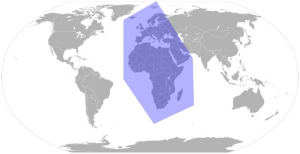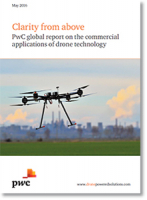Shifting Patterns - The Future of the Logistics Industry
In this paper we discuss four key areas of disruption transportation and logistics companies need to focus on now, including new technology, new market entrants, new customer expectations, and new business models.
Like most other industries, transportation and logistics (T&L) is currently confronting immense change; and like all change, this brings both risk and opportunity.
There are many ways the sector could evolve to meet these challenges, some evolutionary, others more revolutionary.
Four areas of disruption
Customer expectations are increasing greatly. Both individuals and businesses expect to get goods faster, more flexibly, and – in the case of consumers – at low or no delivery cost.
Manufacturing is becoming more and more customised, which is good for customers but hard work for the logistics industry.
Add it all up and the sector is under acute and growing pressure to deliver a better service at an ever lower cost.
It can only hope to do this by making maximum and intelligent use of technology, from data analytics, to automation, to the ‘Physical Internet’.
This promises lower costs, improved efficiency, and the opportunity to make genuine breakthroughs in the way the industry works. But ‘digital fitness’ is a challenge for the sector, which is currently lagging many of its customers in this respect.
Attracting the right skills is one issue, but developing the right strategy is even more crucial.
An increasingly competitive environment is another big factor in the mix.
Some of the sector’s own customers are starting up logistics operations of their own, and new entrants to the industry are finding ways to carve out the more lucrative elements of the value chain by exploiting digital technology or new ‘sharing’ business models, and they don’t have asset-heavy balance sheets or cumbersome existing systems weighing them down.
‘Sharing’ is a big story for logistics now – from Uber-style approaches to last-mile delivery, to more formal JVs and partnerships at corporate level, the whole sector is redefining collaboration.
But much of this is hampered by inconsistencies in everything like shipment sizes, processes or IT systems.
The Physical Internet promises great things for the sector, coming along with increased standardisation in logistics operations.
What’s Related




Favorites





